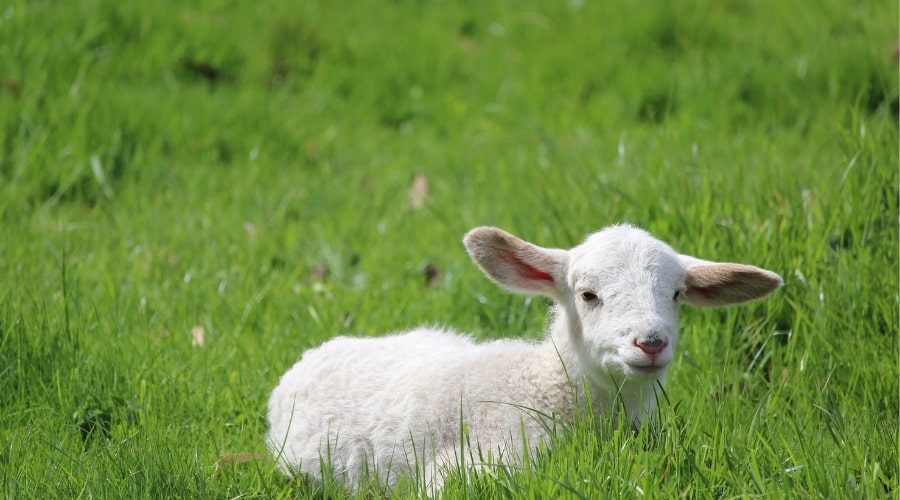Getting ready for lambing ensures a smooth process and reduces risks for both ewes and lambs. Proper preparation helps you manage lambing season efficiently and increases the chances of healthy births.
Preparing the Facilities
Set up a clean, dry, and sheltered lambing area. Use straw or other soft bedding materials to create a comfortable environment. Ensure the space is well-ventilated but free from drafts that could chill newborn lambs.
Separate pregnant ewes from the main flock during the final weeks of pregnancy. Create individual lambing pens to provide privacy and reduce stress. Each pen should be spacious enough for the ewe to move freely and care for her lambs.
Keep essential supplies close by. These include gloves, iodine for disinfecting umbilical cords, clean towels, and a lambing kit. Stockpile additional bedding and feed to ensure you’re prepared for the busy season.
Monitoring the Ewes
Regularly observe ewes for signs of approaching labor. Key indicators include restlessness, swollen udders, and the ewe pawing at the ground. These behaviors often occur a few days before lambing.
Check the condition of the ewes daily. Ewes with poor body condition may need additional feed to build energy reserves for lambing. Provide a high-quality diet rich in protein and energy during the last month of pregnancy.
Identify ewes with a history of birthing complications and monitor them closely. Consider involving a veterinarian for guidance if you suspect a ewe may struggle during delivery.
Assembling a Lambing Kit
Prepare a lambing kit with essential tools to handle common situations. Include:
- Clean gloves and lubricant for assisting difficult births.
- Iodine solution for disinfecting umbilical cords.
- Sterile syringes and needles for administering medication if needed.
- Towels for drying and warming newborn lambs.
- A bottle and colostrum substitute in case the ewe cannot feed the lamb.
- A record book to track lambing dates and outcomes.
Store the kit in a convenient location near the lambing area. Restock supplies as needed to stay prepared.
Assisting During Lambing
Most ewes can deliver lambs without assistance. However, be ready to intervene if labor lasts more than an hour without progress. Use clean hands and gloves when assisting to prevent infections.
Ensure lambs start breathing immediately after birth. Remove any membranes covering the lamb’s nose and mouth. Dry the lambs thoroughly to keep them warm and stimulate circulation.
Dip the umbilical cord in iodine within the first 15 minutes after birth to prevent infection. If a ewe rejects her lamb, bottle-feed colostrum as a temporary solution.
Post-Lambing Care
Check each ewe and her lambs within the first few hours after birth. Ensure the lambs are nursing properly and receiving colostrum. Colostrum is critical for building immunity and providing energy.
Observe the ewe for signs of retained placenta or other health issues. Provide fresh water and a nutrient-rich diet to support her recovery and milk production. Keep the lambing area clean to minimize disease risks.
Weigh the lambs to monitor their growth. Record the birth weight and date to track their development. Provide supplemental feeding if lambs are not gaining weight as expected.
Checklist for Getting Ready for Lambing
- Prepare clean and well-ventilated lambing areas.
- Separate pregnant ewes from the main flock.
- Monitor ewes for signs of labor and maintain a high-quality diet.
- Assemble a fully stocked lambing kit.
- Be ready to assist during labor if necessary.
- Ensure lambs receive colostrum and monitor their nursing.
- Provide post-lambing care for ewes and lambs.
By staying organized and prepared, you can navigate the lambing season confidently. With proper care and attention, both ewes and lambs are set for a healthy start.


